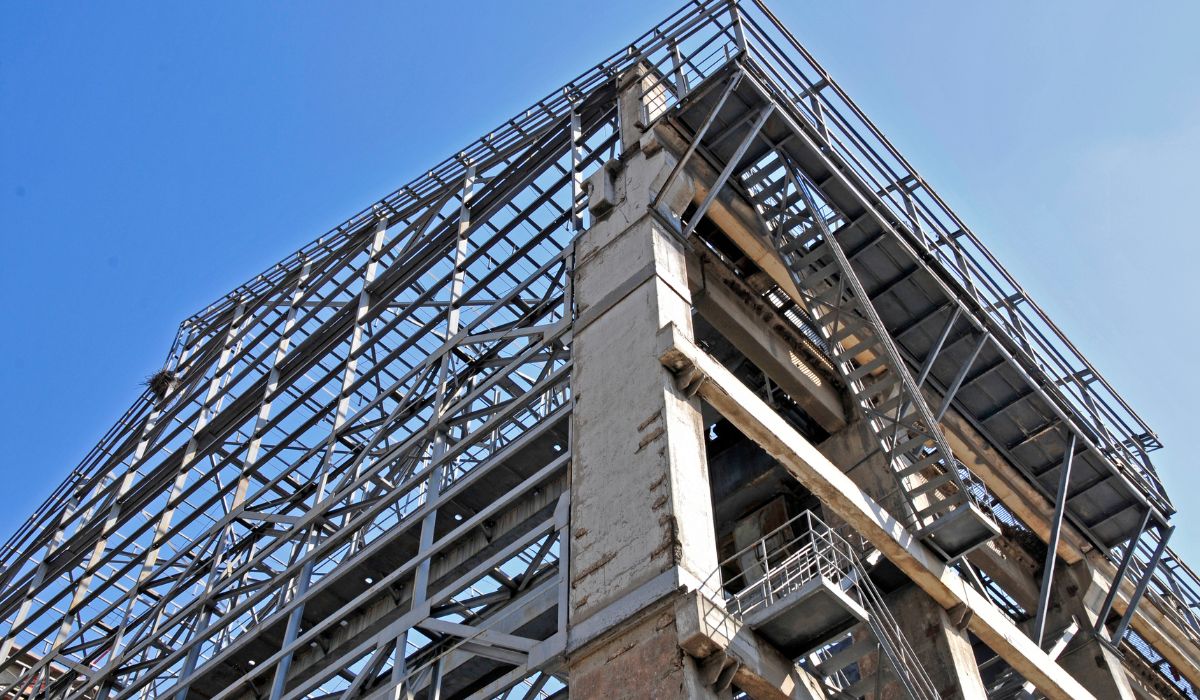In today’s fast-paced world, construction needs are evolving. Whether you're expanding a business, building a warehouse, starting an agricultural project, or even designing a personal garage, time, cost, and durability play vital roles. One solution that checks all these boxes—and more—is the Pre-Engineered Metal Building (PEMB).
While traditional building methods have their place, PEMBs are becoming the go-to choice for many contractors, developers, and property owners. But why are they gaining such popularity? Let’s explore the major benefits of pre-engineered metal buildings and why they might be the perfect choice for your next project.
1. Speed of Construction
Time is money in the construction world. One of the most compelling benefits of PEMBs is how quickly they can be erected compared to traditional brick-and-mortar or wood-framed structures.
Pre-engineered buildings are designed and manufactured off-site. Every component—columns, beams, panels, fasteners—is pre-cut, pre-drilled, and ready for assembly. Once the parts arrive at the site, they’re bolted together like a giant puzzle. This streamlined process can reduce construction time by up to 50%, helping you start operations or move in significantly faster.
2. Cost-Effective Solution
If budget is a concern (and it almost always is), PEMBs offer significant cost savings in multiple ways:
- Lower Labor Costs: Faster construction requires fewer labor hours.
- Less Material Waste: Factory precision means minimal waste compared to on-site cutting and adjusting.
- Reduced Design Costs: Most PEMB manufacturers offer customizable templates that cut down on architectural and engineering fees.
Also, steel prices are relatively stable, and since most of the construction is handled in a factory, weather-related delays that typically increase costs are avoided.
3. Customization and Flexibility
Gone are the days when steel buildings were limited to rectangular warehouses or barns. Today’s pre-engineered buildings can be customized in terms of:
- Dimensions (height, width, length)
- Roof styles (gable, single-slope, curved)
- Wall colors and finishes
- Insulation, ventilation, and skylight options
- Doors, windows, and interior partitions
Whether you want a sleek retail space, a spacious gymnasium, or a temperature-controlled agricultural facility, PEMBs can be tailored to fit your needs.
4. Structural Durability and Strength
Steel is one of the strongest building materials available. Pre-engineered metal buildings are designed to withstand heavy loads, high winds, and extreme weather conditions, including:
- Snowstorms
- Earthquakes
- Hurricanes
- Fire
The steel used in PEMBs is also non-combustible, rot-resistant, and impervious to pests such as termites. This makes them an ideal long-term investment that stands the test of time with minimal maintenance.
5. Energy Efficiency
With rising energy costs, energy efficiency is no longer a luxury—it’s a necessity. PEMBs can be built with high-performance insulation systems that reduce heating and cooling needs. Options such as reflective roof coatings, insulated metal panels, and tight construction help maintain stable indoor temperatures.
Many pre-engineered buildings also accommodate renewable energy systems, such as solar panels, with ease, helping further reduce utility expenses over the building’s life cycle.
6. Sustainable and Environmentally Friendly
Sustainability is another reason to consider PEMBs. Steel is 100% recyclable, and most of the steel used in pre-engineered buildings is made from recycled materials. The efficient manufacturing process also results in less waste during construction.
Plus, because the buildings are often disassembled and relocated, they reduce the need for new raw materials—contributing to a lower environmental footprint overall.
7. Minimal Maintenance
Unlike wood or concrete structures, steel buildings require little upkeep. There’s no risk of mold, mildew, warping, or cracking. Regular maintenance usually involves:
- Periodic inspections
- Cleaning roof and gutters
- Tightening bolts if needed
- Re-coating surfaces every 10-15 years (depending on the environment)
This low-maintenance advantage translates into long-term cost savings and fewer headaches for property owners.
8. Expandability and Future-Proof Design
Your needs may grow over time. Whether it’s adding more floor space or introducing new functions, pre-engineered metal buildings offer seamless expandability.
Thanks to modular design, it’s relatively easy to add new bays, extend walls, or increase height without needing to overhaul the existing structure. This flexibility gives you peace of mind, knowing your building can evolve alongside your business or project.
9. Ideal for Various Applications
PEMBs are incredibly versatile and suitable for a wide range of uses, including:
- Warehouses and distribution centers
- Commercial retail spaces
- Aircraft hangars
- Schools and churches
- Sports complexes and gymnasiums
- Auto repair shops and garages
- Agricultural buildings (barns, storage, livestock shelters)
Because of this versatility, they serve as a one-stop solution across many industries and sectors.
10. Compliance and Safety
Most PEMB manufacturers design their buildings in compliance with local building codes and safety standards, including wind and seismic loads. Pre-engineered buildings often come with documentation and engineering support to assist with permitting, which can accelerate approval processes with local authorities.
Additionally, steel buildings reduce fire risk and can improve your eligibility for lower insurance premiums, especially when used for commercial or storage purposes.
Conclusion
In a construction landscape that demands speed, efficiency, and adaptability, Pre-Engineered Metal Buildings deliver on all fronts. From faster construction and lower costs to unmatched durability and custom design options, PEMBs are an investment in long-term value.
Whether you're a business owner, developer, farmer, or homeowner, exploring the benefits of a pre-engineered building could be the key to meeting your construction goals faster—and smarter.





Comments